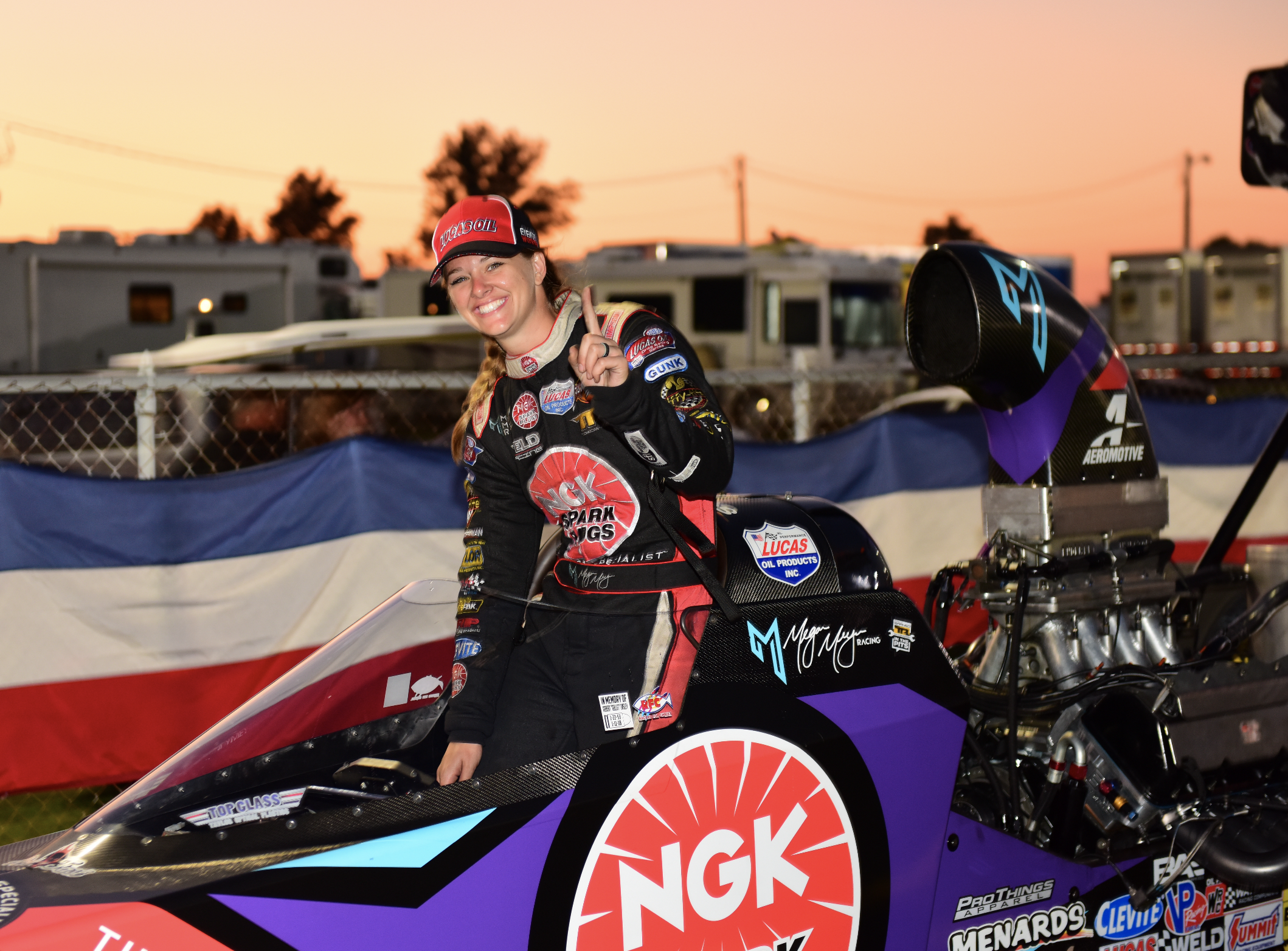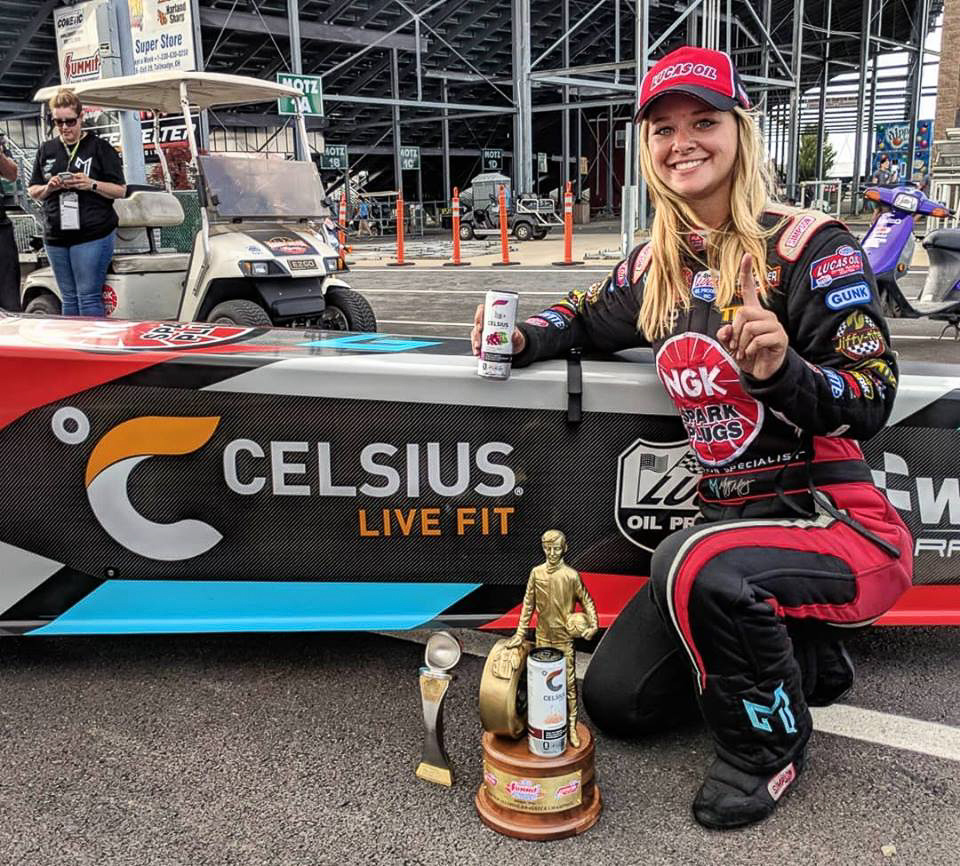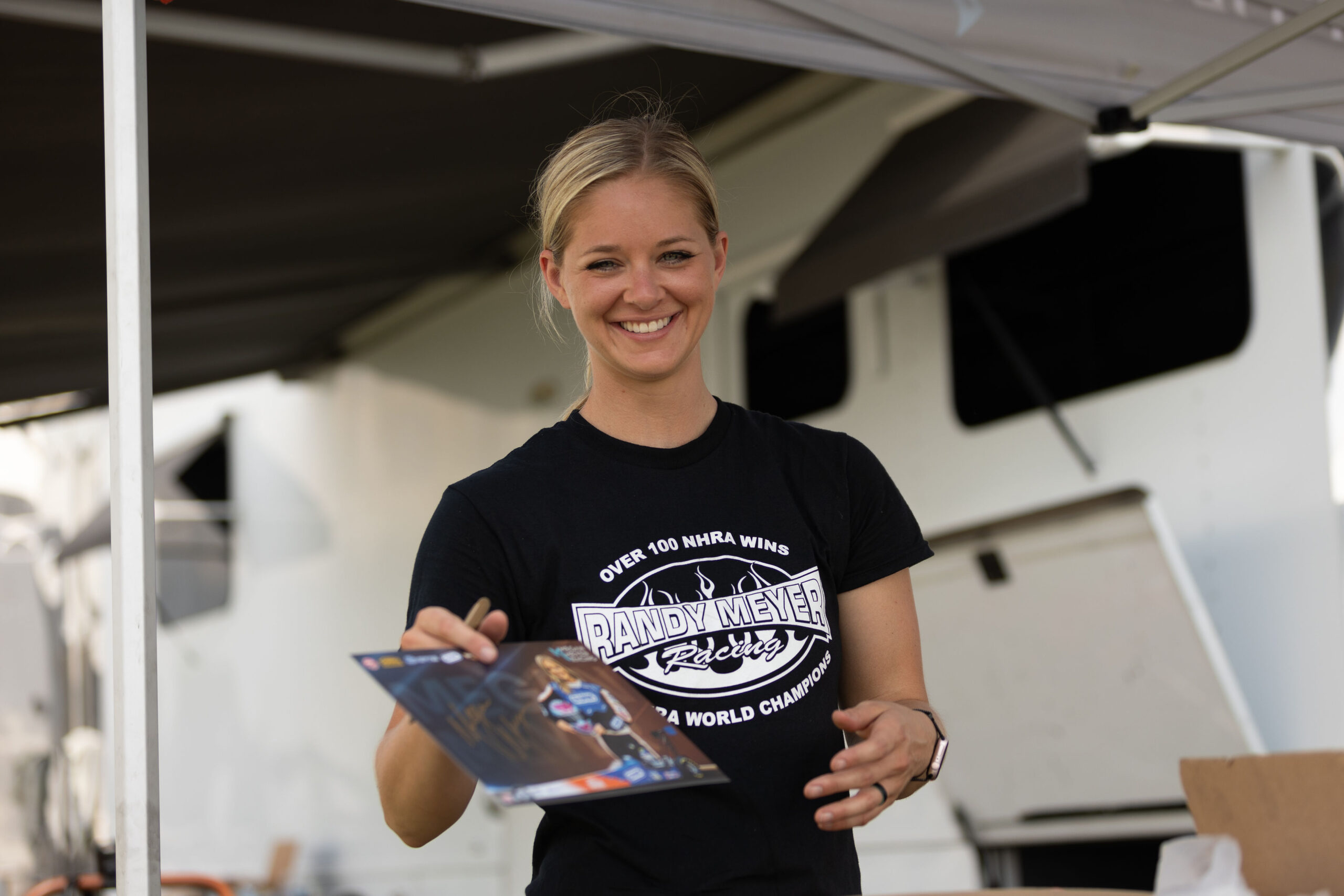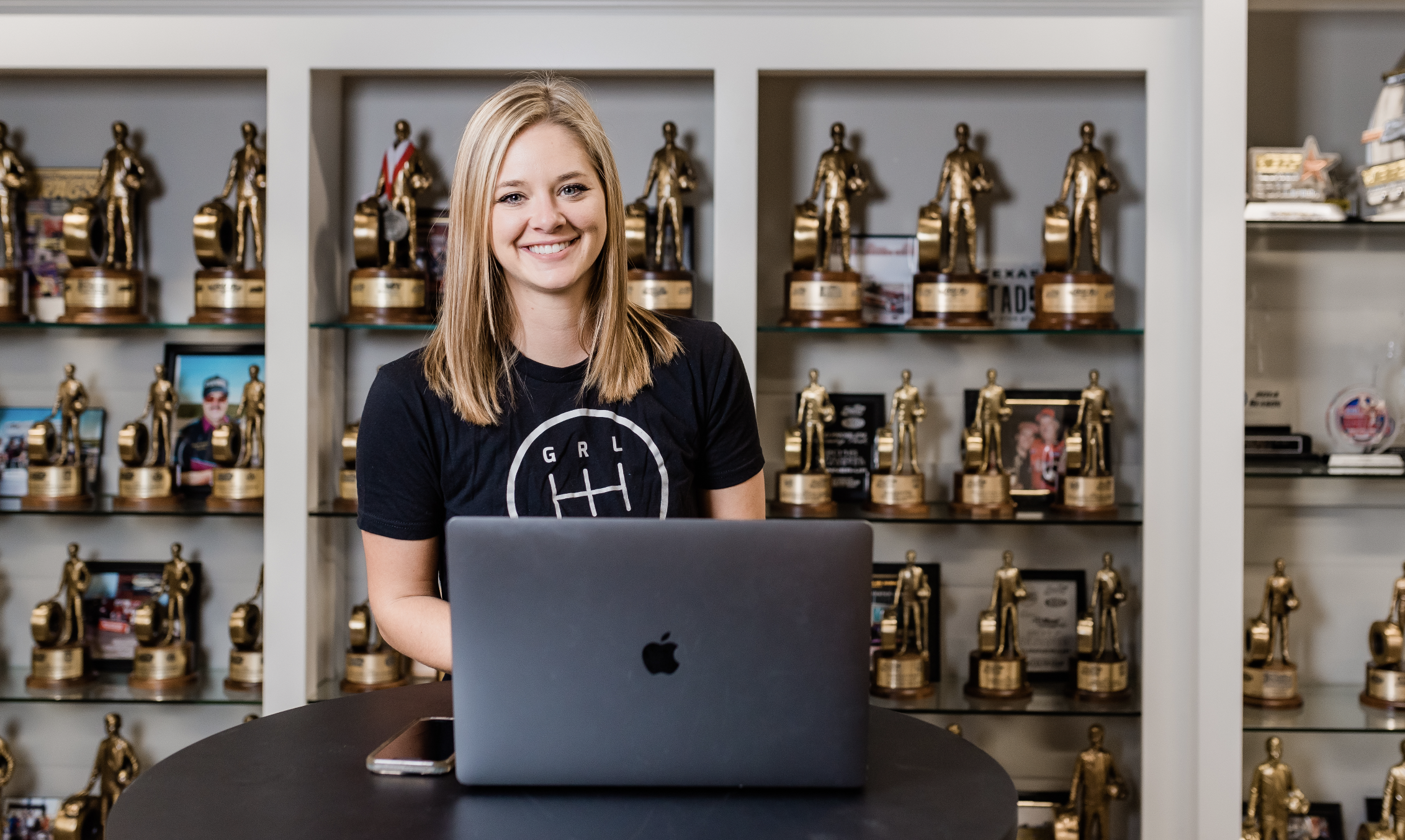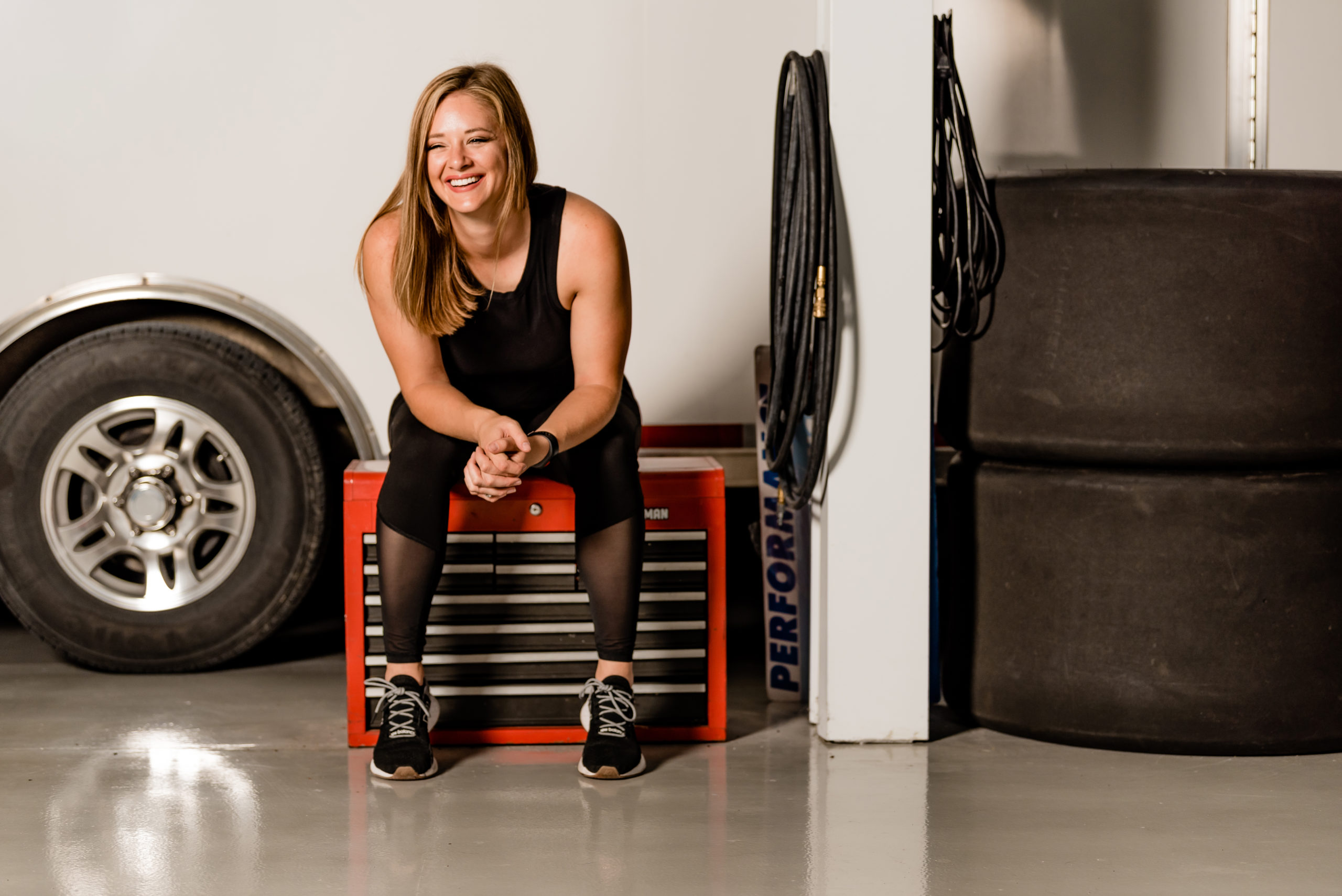FOLLOW ME & sHARE
High-quality images are one of the most important parts of your branding, especially when printing them for marketing materials like hero cards and banners.
Getting great shots of you in the shop, in your home, and while training are important for social media and exposure, but the kind of pictures that really are worth 1,000 words (and can generate more than that in funding from a sponsorship) are the photos of you racing.
Purchasing those images from track photographers are for sure the easiest, and most professional, way to accomplish this. But getting your images from the media can be complicated—let alone knowing what to do with those images once you have them. I’m going to break down how to legally get your race images from track photographers:
Why you should Work with Track Photographers
Photographers, videographers, writers, and managers/PR reps can help push your career forward, especially if you are wanting to drive for a professional team.
You should always have a good relationship with the media for your racing organization and track, and if you don’t know who they are, use their email address to reach out and introduce yourself before the next event, or send a friend request on Facebook. Or better yet, go shake their hand and introduce yourself the next time you’re at the track.
As part of the media, their job is to get information and photos out to the masses, so when you’re in the staging lanes, purposely make eye contact and give those little “thumbs up” poses. Or, if you have a strong relationship with a photographer, you could ask them if they wanna come to your pits for BTS material or exclusive shots.
You never know what type of opportunity can come from them publishing a photo of you, and you can always bet that if a photographer is friends with a certain racer, they will get top quality photos of them and be the favorite to share with the press.
Most photographers will have a website with an online gallery that they share a few days or weeks after the event. From here you can purchase a digital file or have a print sent to you. But if you don’t want to wait, especially if you’re needing something for a post-race recap, then make sure you get their contact information before leaving the facility.
Can’t I Use Photos for Free?
The short answer – NO.
Here’s why: each photographer pays a fee at each event to get “media access” and take pictures and videos. This fee is on top of all of their expenses that include cameras, lens, memory cards, batteries, tripods/stands, more expensive lens, lights, computers, editing softwares, education, etc. and not to mention travel expenses. It’s not cheap and it’s not fair of you to “borrow” or steal even a single image from them even just to post it on social media, or print it out to hang on your fridge.
Also, each racing organization has their own set of rules as to what the media access allows. For example, if they are using a Media Credential from NHRA at a National event to get restricted access and take photos, the images can ONLY be used for media purposes. NHRA does keep the ability to prevent them from distributing photos if it’s something like an accident.
All of these photographers spend thousands of dollars each year to take thousands of photos at the races each weekend, not to mention countless hours of editing. They deserve compensation for their hard work. So next time, think twice before you try to use a photo for free on social media or in print.
Stay Organized with Dropbox
Once you start to gather a collection of images, it’s best to start off with a filing system so they don’t get lost in the clutter. You always want to keep a copy of your phone + professional images on your laptop as well as a copy of the files on a separate storage system like Dropbox. I have been using Dropbox for years and I have never had an issue with it. If you have hundreds of photos and videos to save, then I recommend upgrading to the paid plan – you can start at $10 a month (or get an annual plan and save).
Here’s how I stay organized with my files: first I have a folder for each year, then a folder inside that one for each race. I base ours on location since we typically only visit each track once a year; there are only a couple that we race at more than once. Inside of that folder I have a folder for each driver or team that I’m working with, then a folder for the day (if multiple days) and rounds. Here’s what that looks like:
2022 folder > Gainesville folder > Julie folder > Friday folder > Q1 folder
2022 > Gainesville > Julie > Friday > Q2
2022 > Gainesville > Julie > Saturday > Q3
2022 > Gainesville > Julie > Saturday > E1
And repeat the same system for each elimination round on Sunday.
File Size Matters
Every digital image is made up of pixels which are individual tiny dots with a specific color. The more pixels you have per square inch, the sharper an image will look.
I want to make it very clear that the technical term low-resolution file means that it’s a picture that is very small, it is best for websites and social media but not for print (this would be anywhere from 72-150 pixels per square inch).
A high-resolution file is much bigger; they’re best used in printed items like hero cards and banners (around 300 pixels per square inch). But if you try to use a high-resolution file on your website, it will be too big and slow down the load time, which can lead to people leaving your site.
Why does this matter? Well because photographers will have the option for you to purchase either a low-res or high-res version of the image(s) you want. If you know you’re only going to use that photo on social media, then ask for the low-res, cheaper, version. If it’s a beautiful photo and you want to use it for a hero card or a poster, then you will need the more expensive high-res file.
Printers spray ink onto paper, and the more dots per inch sprayed, the higher the quality of the final print. So if you try to print a photo with a low pixel count or low dots per inch, it will be blurry and not crisp.
Using your track photography is so important to consistent and compelling marketing and it’s just a small part of your overall brand strategy. If you want to move your career forward as a racer and stop spinning your wheels with marketing, my Driven By Social Mini-Course Branding and Content is just for you. Register here! >>>

